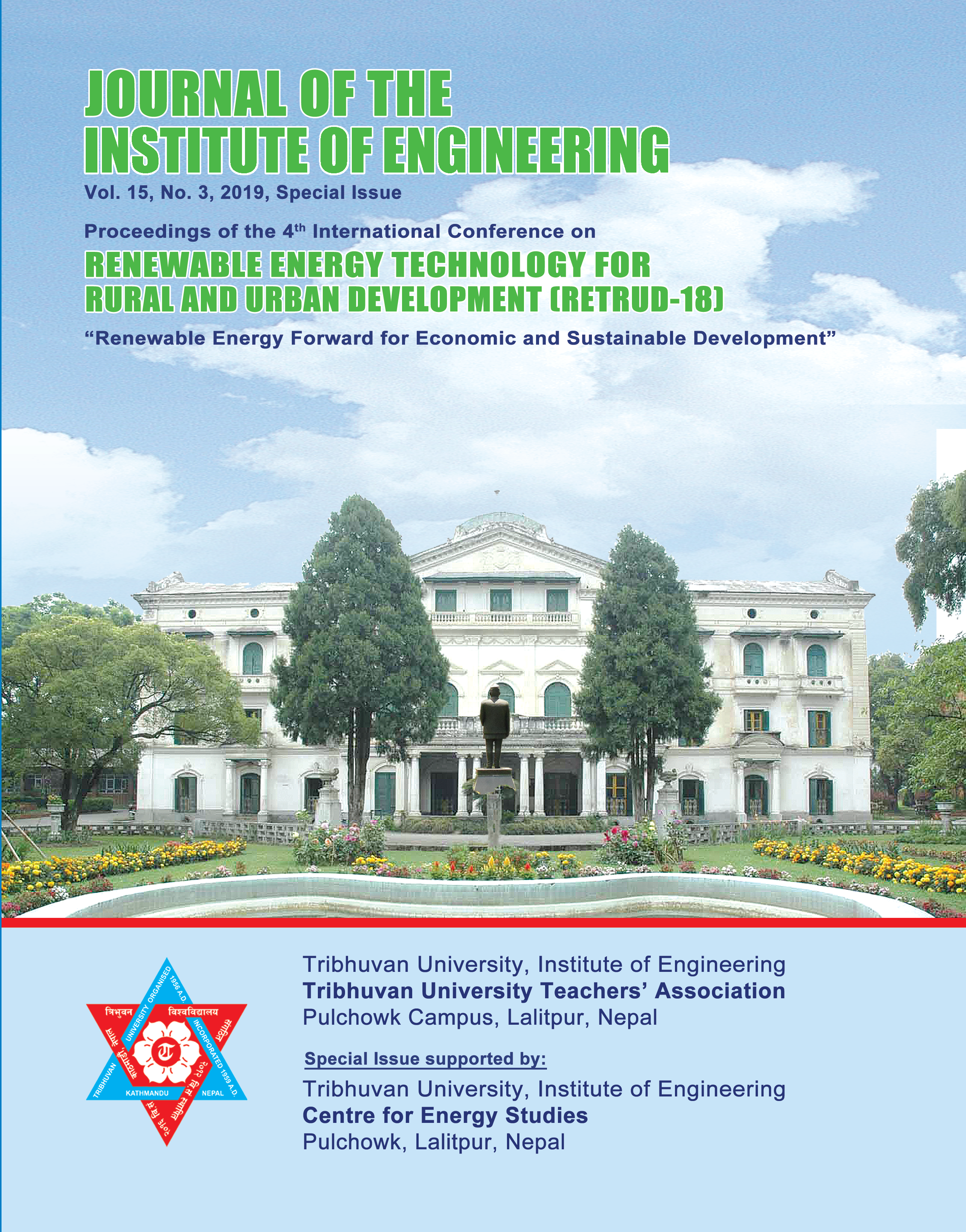Experiences in Improving Efficiency of Energy and Other Resources in Metal Industries in Nepal
DOI:
https://doi.org/10.3126/jie.v15i3.32186Keywords:
Metal Sector, Resource Efficient Cleaner Production (RECP), No Cost/Low Cost Measures, Resource SavingsAbstract
The construction sector uses various metals like steel (for frames, reinforced concrete), iron (wrought iron for beams, trusses, girders), aluminium (ceiling and walls, window frames, HVAC systems etc.) and copper (cladding, electrical wiring, oil & gas lines). Due to increasing pressure on various resources like energy, chemicals and raw materials, economic edge can be sustained only through high resource efficiency. Adopting resource efficient cleaner production (RECP) measures will improve economic and environmental performance, including reducing greenhouse gas emissions; in turn, this will make them less vulnerable to changes in external conditions and more competitive. With co-funding from the EU SWITCH-Asia Programme, the project METABUILD (www.metabuild-southasia.org) aims at implementing sustainable production processes and practices in 400 SMEs across Bangladesh, Nepal and Sri Lanka besides creating a conducive environment for further adoption of sustainable production processes in the metal products supply chain for the building and construction sector. In Nepal, the project has already engaged with 82 metal industries. These cover different sectors such as fabrication, wire drawing, electrical cables, re-rolling, galvanizing/electroplating, casting etc. and are in multiple locations viz. Kathmandu, Lalitpur, Morang, Sunsari, Rupandehi, Bara, Parsa, Kaski districts. RECP measures such as use of daylight, replacement of inefficient lights by LED lights, power factor improvement, furnace modification, waste heat recovery, insulation etc. have been implemented. These have led to savings in energy and raw materials, at the same time reducing generation of wastes from these participating industries and improvement of occupational health and safety (OHS). This paper will explain the mode of engagement with industries, details of the resource efficiency measures implemented and estimated saving.
Downloads
Downloads
Published
How to Cite
Issue
Section
License
The Copyright is held by Journal of the Institute of Engineering, IOE, TU




